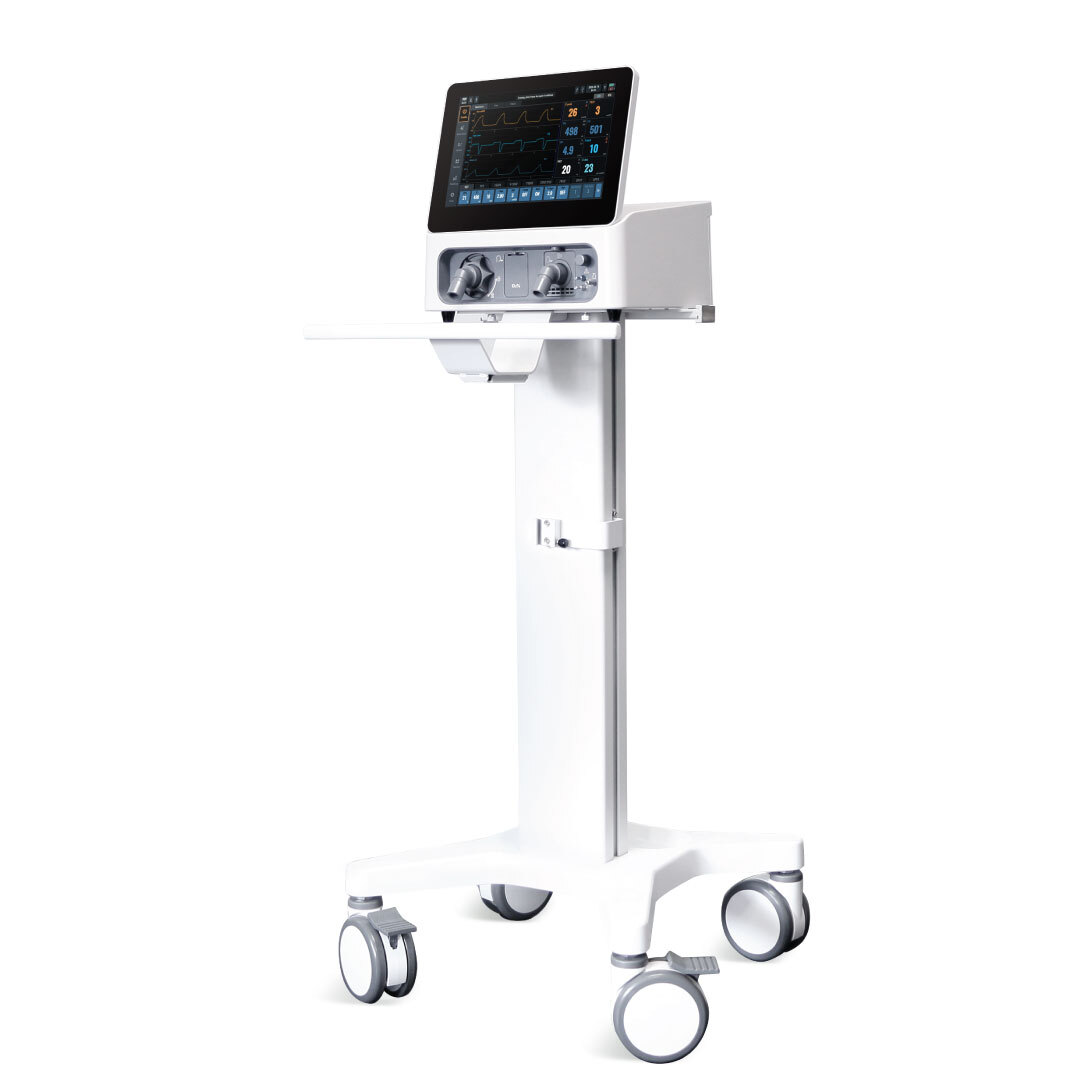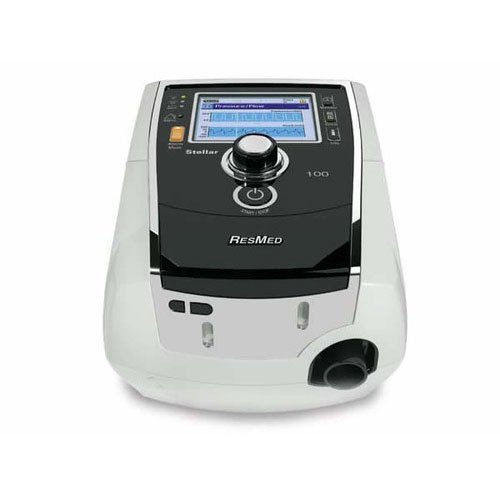Ventilators are highly technical machines used to support those patients who cannot breathe for themselves or are not breathing well. The ventilator is able to deliver a controlled breath, forcing air into the lungs, followed by allowing air to exit the lungs. In addition to the advanced computerized ventilators, patients can also be supported with a hand-operated bag valve mask, which provides a simpler alternative to mechanical ventilation. They are therefore widely used in intensive care, for home care, in emergency medicine as stand-alone units and in anesthesiology as a part of an anesthesia machine.
Types of Ventilator :
1. Invasive Ventilator: These machines require intubation and are utilized for infants, neonates, and adult patients.
There are two categories of invasive ventilators:
• ICU Ventilator: These are designed for use in the intensive care units of hospitals for serious patients.
• Portable or Transport Ventilator: These provide the same temporary solution as the ICU ventilators but find application in ambulance transport of patients and mass casualty situations such as floods and fire outrages because a respiration facility has to be provided. They have a good battery backup and are designed to work on a low-flow oxygen source. They are also low cost compared to an ICU ventilator.
2. Noninvasive Ventilator: In this case, the ventilators do provide support to the respiratory system with no process of intubation.
Some examples of these types of ventilators include:
• BiPAP Ventilator: It is meant for delivering positive air pressure through a mask and a nasal cannula at differential tidal volumes.
• HPNC Devices: These devices provide high flow rates with heated humidification to non-intubated patients.
• Bubble CPAP Machine: It is intended to be used for providing respiratory support in neonates.
Purpose of ICU Ventilator:
• Respiration Support: They support patients who are unable to breathe well due to severe infection of the respiratory tract, chronic obstructive pulmonary disease, or acute respiratory distress syndrome.
• Regulating Breathing Patterns: They can regulate the rate, volume, and pressure of air entering the lung so that the patient gets adequate oxygen and carbon dioxide is removed with efficiency.
• Alveolar Ventilation: The ventilator makes sure that alveoli, small sacs in the lungs responsible for respiration, are well ventilated by offering specific volume and pressure of air. This is very important in maintaining the oxygenation of the blood necessary to sustain the metabolic function of the body.
• Work of Breathing Reduction: It reduces the amount of physical work involved in breathing for patients suffering from respiratory muscle weakness or fatigue. In that way, it saves their bodies' energy for more important purposes and recovery.
• Management of Respiratory Distress: When there is a lot of distress for the patient due to breathing problems, as in an acute asthma attack or severe pneumonia, a ventilator stabilizes the patient's condition and buys time for treatment to take its course on the problem.
• Airway Protection: Ventilators keep the airway open and protect against obstruction, especially in unconscious or comatose patients, usually with an endotracheal tube or a tracheostomy.
Things to Consider Before Buying a Ventilator Machine:
To help you make an informed choice, here are some key factors to consider when browsing for ventilator machines
• Patient Type: Ventilators are made for patients of different age groups, such as neonates, adults, infants, and universal machines.
• Ventilator Operation: There are two main types of ventilator machines based on their operation: turbine-based or compressor-based. Each type has its own advantages and is suitable for different situations.
• Ventilator Mode: Ventilators offer various modes catering to specific medical needs. It's crucial to understand which mode is suitable for your requirements. Our platform provides detailed information on the different modes available, making it easier for you to select the best ventilator machine for your needs.







